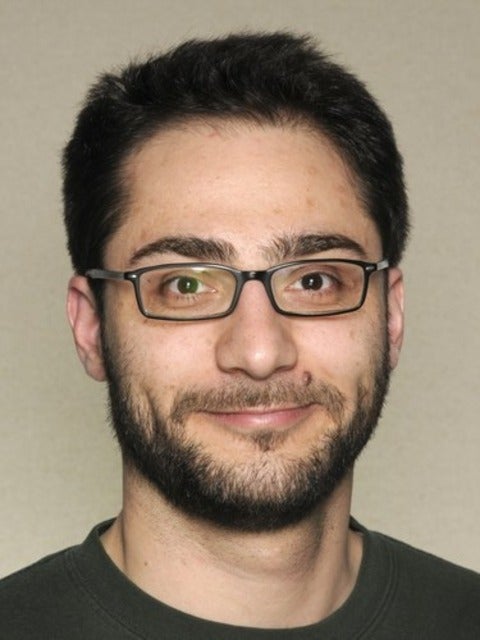CryptoWorks21 - What Is Patentable?
This is the fourth of the Intellectual Property (IP) Management Lunch and Learn Lecture Series. We are bringing in thought leaders in the protection and management of intellectual property, including many years of experience in relevant areas of information technology.
This session will be led by Jeffrey Wong.
